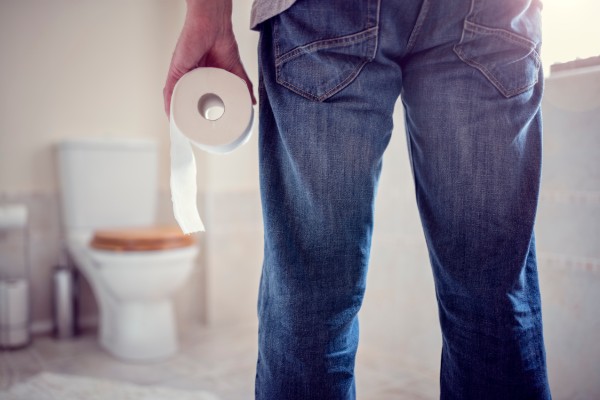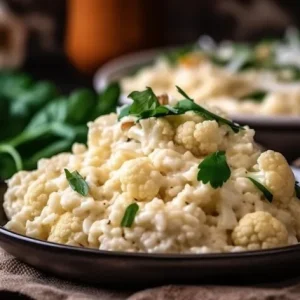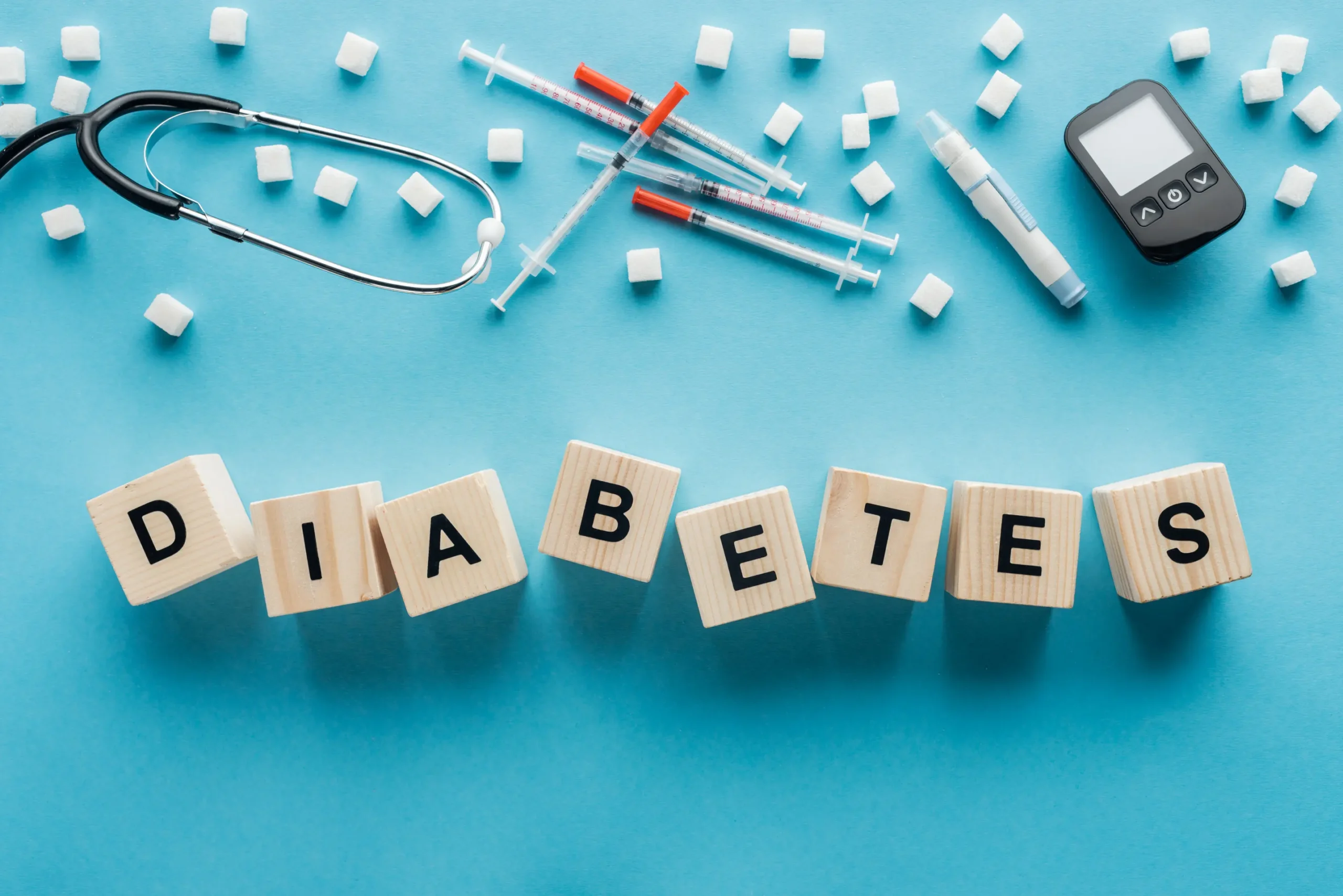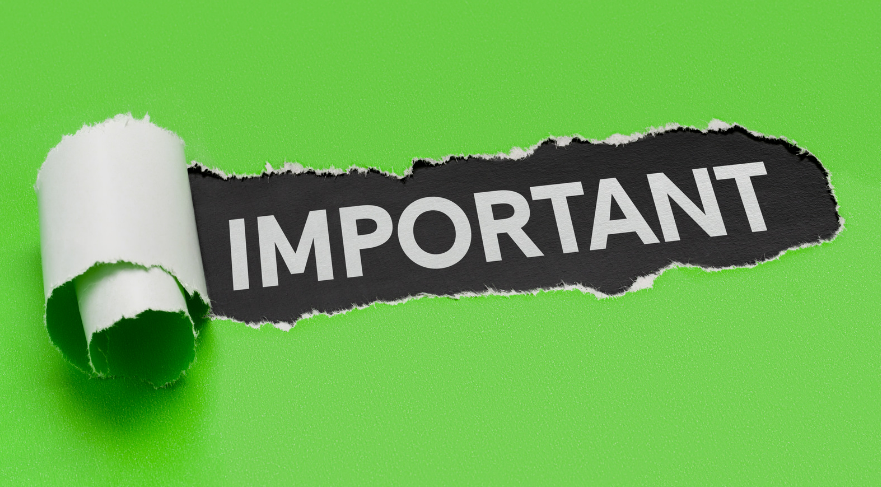Going to a clean cool toilet for a session of removing bowel content is definitely a relief and some even find it exhilarating. However, those experiencing some discomfort during this session of defecation certainly find it a nuisance. There are many medical conditions that could predispose to such a degree of discomfort. A person will ask a doctor when these discomforts become unbearable.

Haemorrhoid is a common disease affecting the bowel movement. Although it is not directly causing problems with the removal of bowel content, the discomfort it caused certainly makes a person avoid defecation. Haemorrhoid is characterised by swollen and distended veins around the anus or the lowest part of the rectum. Haemorrhoids occur when an increased pressure of the veins is usually caused by prolonged straining such as in constipation or during giving birth. Some cases of haemorrhoids are caused because of the weakened tissues holding these veins in place due to ageing or childbirth.
Haemorrhoids are divided into 2 types: 1) external haemorrhoids: formed under the skin around the anus and 2) internal haemorrhoids: formed in the lining of the anus and lower rectum. Symptoms of haemorrhoids depend on the type. For a person with external haemorrhoid, a person may experience anal itching, moist pink bumps near the anus and pain sensation around the anus area. Meanwhile, people with internal haemorrhoids may experience bleeding flowing down from the rectum or prolapse of the haemorrhoid which a protruding bulge out from the anus. The main difference of an internal or external haemorrhoid is pain is much more prominent in external haemorrhoids compared to internal haemorrhoids (except if it is already in prolapse).
Since haemorrhoids can really bother those who experience it and the discomfort or pain that comes along with it, a person would definitely want to seek treatment or remedy to help ease the symptoms. There are ways a person can do at home to help relieve the haemorrhoid, specifically external haemorrhoids. This includes:
1-Eating food high in fibre or taking fibre supplement to help reduce straining or constipation from adding pressure to the haemorrhoid and to help reduce chances of bleeding, inflammation and enlargement of the haemorrhoid.
2-Take a stool softener medicine to pass bowel content easier.
3-Drink plenty of fluids throughout the day.
4-Take a warm bath several times a day. Regular bath or a sitz bath should be considered.
5-Use over-the-counter (OTC) painkillers to alleviate the pain sensation.
6-Use OTC haemorrhoid cream, ointments or suppositories containing anaesthesia effects that could soothe the pain.
7-Place ice packs on the anal area for few minutes. Remember, never put cold ice directly to the area as this can damage the area and skin around it.
8-Always go to the bathroom promptly when having the urge to defecate and not wait for a more convenient time. This is because stool can travel back up and cause increased pressure to the veins around the anus.
9-Avoid sitting on a hard surface and opt for sitting on soft surface such as cushion to help reduce swelling of haemorrhoid and preventing formation of new haemorrhoid
10- Being active by doing regular exercise may help stimulate the bowl to function better.
If all the above measures fail and symptoms persist after one week, a person should go meet a doctor. Another reason to meet a doctor is when a person finds bleeding coming from the anus or rectum because bleeding can be coming from other diseases and the need to find the exact cause for the bleeding is crucial to plan treatment and management. Surgery is the option to treat haemorrhoids when other treatments fail to respond well.

Jesus is a health blog author who has been writing about nutrition, fitness and healthy living for over 10 years. He also loves to run, hike and bike with her wife.






